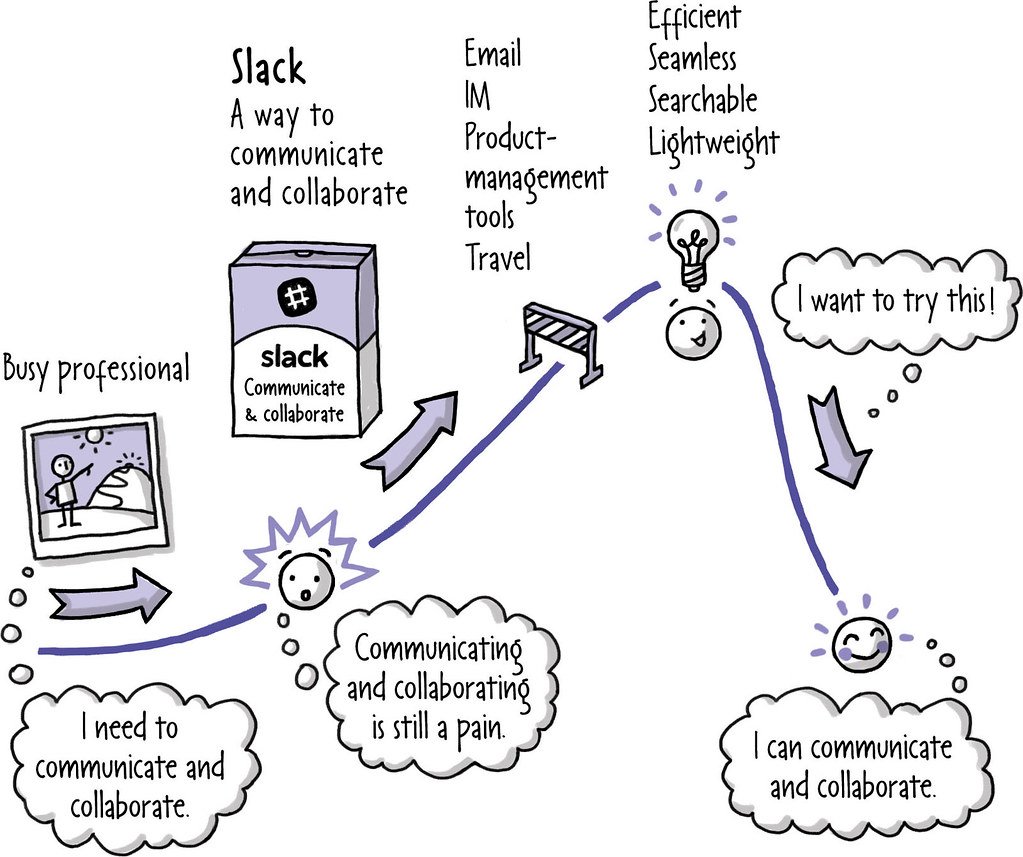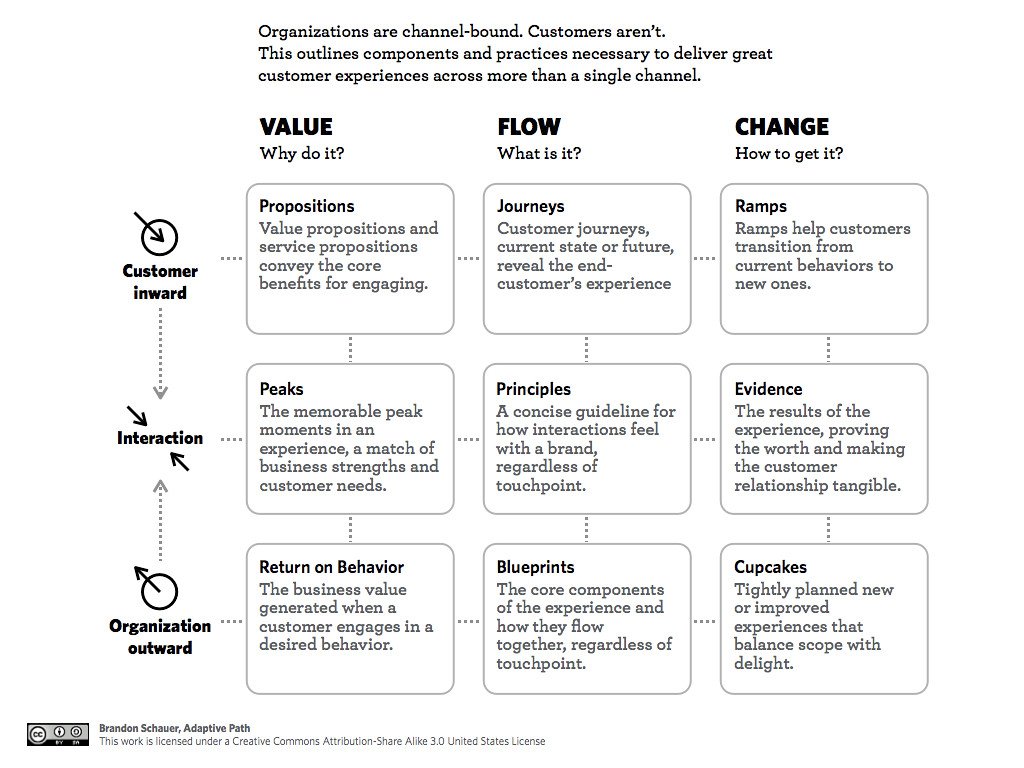In the bustling realm of modern workplaces, where collaboration and communication reign supreme, finding the perfect tool to streamline team interactions can be a daunting task. Enter Slack, the virtual haven where ideas flow, projects take shape, and colleagues unite in a symphony of productivity. With its intuitive interface and an array of features designed to enhance team communication, Slack has become the go-to platform for organizations worldwide. Whether you’re a seasoned Slack aficionado or a curious newcomer, this article will guide you through the ins and outs of harnessing Slack’s power to foster effective team communication. So, buckle up and prepare to embark on a journey towards seamless collaboration and unparalleled productivity!
Table of Contents
- Getting Started with Slack: A Comprehensive Guide for Effective Team Communication
- Understanding the Features and Functionality of Slack: Enhancing Collaboration and Productivity
- Best Practices for Organizing Channels and Conversations in Slack: Streamlining Communication and Information Sharing
- Utilizing Slack Integrations and Bots: Automating Tasks and Improving Efficiency
- Mastering Slack Etiquette: Tips for Professional and Respectful Communication
- Q&A
- Key Takeaways

Getting Started with Slack: A Comprehensive Guide for Effective Team Communication
Slack is a powerful tool that can revolutionize team communication and collaboration. Whether you’re a small startup or a large corporation, this comprehensive guide will help you get started with Slack and make the most out of its features.
Setting Up Your Workspace
Before diving into the world of Slack, it’s important to set up your workspace effectively. Here are some key steps to get you started:
- Create a workspace: Begin by creating a new workspace in Slack. Choose a name that reflects your team or project.
- Invite team members: Once your workspace is set up, invite your team members to join. Simply send them an email invitation or share the workspace link.
- Organize channels: Channels are where the magic happens in Slack. Create channels based on topics, departments, or projects to keep conversations organized and easily searchable.
Navigating the Slack Interface
Now that your workspace is ready, let’s explore the Slack interface:
- Channels: On the left-hand side, you’ll find a list of channels. Click on a channel to view its conversations and participate in discussions.
- Direct Messages: Direct messages allow you to have private conversations with individual team members. You can find them under the “Direct Messages” section.
- Notifications: Stay on top of important updates by customizing your notification settings. You can choose to receive notifications for mentions, keywords, or specific channels.
Maximizing Collaboration with Slack Features
Slack offers a wide range of features to enhance collaboration within your team:
- File sharing: Easily share files with your team by dragging and dropping them into Slack. You can also integrate popular file storage services like Google Drive and Dropbox.
- Integrations: Connect Slack with other tools and services your team uses, such as project management software or customer support platforms. This allows for seamless workflow and increased productivity.
- Customization: Make Slack your own by customizing your workspace. Set a unique theme, add custom emojis, and create automated workflows with Slack’s built-in tools.
With this comprehensive guide, you’re well on your way to becoming a Slack pro. Explore the various features, experiment with different integrations, and watch your team communication reach new heights!

Understanding the Features and Functionality of Slack: Enhancing Collaboration and Productivity
Slack is a powerful collaboration tool that revolutionizes the way teams communicate and work together. With its extensive features and functionality, it enhances collaboration and boosts productivity like never before.
One of the key features of Slack is its ability to create channels, which are dedicated spaces for specific projects, teams, or topics. These channels allow team members to have focused discussions, share files, and collaborate in real-time. Whether it’s brainstorming ideas, sharing updates, or seeking feedback, channels provide a centralized hub for all team communication.
In addition to channels, Slack offers a range of integrations with other tools and services, making it a one-stop solution for all your team’s needs. From project management tools like Trello and Asana to file-sharing platforms like Google Drive and Dropbox, Slack seamlessly integrates with these applications, ensuring that all your team’s work is consolidated in one place.
Furthermore, Slack’s functionality extends beyond just text-based communication. With features like voice and video calls, screen sharing, and file sharing, teams can collaborate in a more dynamic and interactive manner. Whether you’re working remotely or in the same office, Slack provides the tools to foster effective communication and collaboration.
In summary, Slack is a game-changer when it comes to enhancing collaboration and productivity. Its features, such as channels, integrations, and multimedia capabilities, provide teams with a seamless and efficient platform to work together. Say goodbye to scattered emails and disjointed communication – with Slack, your team can collaborate like never before.
Best Practices for Organizing Channels and Conversations in Slack: Streamlining Communication and Information Sharing
Streamlining Communication and Information Sharing
In order to optimize communication and information sharing within your Slack workspace, it is essential to establish best practices for organizing channels and conversations. By implementing a structured approach, you can ensure that important discussions and valuable resources are easily accessible to team members, fostering collaboration and productivity. Here are some effective strategies to streamline your Slack experience:
1. Create Clear and Concise Channel Names
When setting up channels, it is crucial to use descriptive and intuitive names that reflect the purpose and content of the conversations within. Avoid generic or ambiguous names that may confuse team members. By using clear channel names, you enable users to quickly identify relevant discussions and contribute to the appropriate channels.
2. Utilize Channel Purpose and Topic Descriptions
Take advantage of Slack’s feature that allows you to provide a purpose and topic description for each channel. This helps users understand the intended use of the channel and provides context for ongoing conversations. Clearly defining the purpose and topic of a channel ensures that team members can easily determine if it is relevant to their needs, reducing unnecessary noise and improving efficiency.
3. Categorize Channels with Relevant Tags
Organize your channels by assigning relevant tags to them. Tags can be used to group channels based on department, project, or any other relevant criteria. This categorization simplifies navigation and allows users to quickly locate and join channels that are most relevant to their work. Additionally, tags can be used to filter and search for specific channels, making it easier to find information and resources when needed.
By implementing these best practices, you can optimize your Slack workspace, making it a hub for efficient communication and seamless information sharing. Remember, a well-organized Slack environment leads to improved collaboration, increased productivity, and ultimately, better outcomes for your team.
Utilizing Slack Integrations and Bots: Automating Tasks and Improving Efficiency
Slack, the popular team collaboration tool, offers a wide range of integrations and bots that can revolutionize the way your team works. By automating tasks and streamlining processes, these integrations can significantly improve efficiency and productivity.
One of the key benefits of utilizing Slack integrations and bots is the ability to automate repetitive tasks. Whether it’s scheduling meetings, sending reminders, or updating project statuses, these tools can handle it all. With just a few clicks, you can set up workflows that eliminate the need for manual intervention, saving your team valuable time and effort.
Moreover, Slack integrations and bots can also enhance communication and collaboration within your team. By integrating with other tools and platforms, such as project management software or customer support systems, you can centralize information and ensure everyone is on the same page. Real-time notifications, automated reports, and shared dashboards enable seamless collaboration and foster a more efficient work environment.
In addition, these integrations and bots offer a plethora of features that can be customized to suit your team’s specific needs. From creating custom chat commands to setting up personalized notifications, the possibilities are endless. By leveraging these tools, you can tailor your Slack workspace to optimize productivity and streamline workflows.
In conclusion, by harnessing the power of Slack integrations and bots, you can automate tasks, improve efficiency, and enhance collaboration within your team. With a wide range of features and customization options, these tools empower you to create a workspace that is tailored to your unique requirements. So why wait? Start exploring the world of Slack integrations and bots today and unlock a new level of productivity for your team.
Mastering Slack Etiquette: Tips for Professional and Respectful Communication
Slack has become an essential tool for modern workplace communication, allowing teams to collaborate seamlessly. However, it’s important to remember that effective communication on Slack goes beyond just typing out messages. To ensure professional and respectful interactions, here are some valuable tips to master Slack etiquette:
- Choose your words wisely: Written communication can sometimes be misinterpreted, so it’s crucial to be clear and concise in your messages. Avoid using jargon or acronyms that may confuse others. Take a moment to proofread before hitting send to ensure your message is accurate and respectful.
- Be mindful of tone: Without the benefit of facial expressions or vocal cues, it’s easy for messages to be misconstrued. Use emojis or emoticons to add context and convey your intended tone. However, be cautious not to overuse them, as it may come across as unprofessional.
- Respect others’ time: Slack is designed for real-time communication, but that doesn’t mean everyone is available 24/7. Before sending a message, consider if it’s urgent or if it can wait. If it can wait, use the “Do Not Disturb” feature or schedule messages to be sent later to avoid interrupting colleagues during their focused work time.
- Utilize appropriate channels: Slack offers various channels for different topics or projects. Use them wisely to keep conversations organized and relevant. Avoid posting unrelated messages in channels where they don’t belong, as it can create confusion and clutter.
- Practice active listening: When participating in group discussions or threads, make sure to read through previous messages before chiming in. This helps avoid repetition and ensures you’re up to date with the conversation. Acknowledge others’ contributions and provide thoughtful responses to foster a collaborative environment.
By following these tips, you’ll not only enhance your own communication skills on Slack but also contribute to a more productive and respectful work environment. Remember, mastering Slack etiquette is an ongoing process, so keep learning and adapting to ensure effective communication with your team.
Q&A
What is Slack and why is it useful for team communication?
Slack is a cloud-based collaboration tool that allows teams to communicate and collaborate in real-time. It is useful because it centralizes all team communication, making it easy to organize conversations, share files, and integrate with other tools.
How can I create a new channel in Slack?
To create a new channel, simply click on the “+” button next to the Channels section on the left sidebar. Give your channel a name, set its privacy settings, and invite team members to join. Voila! You have a new channel for focused discussions.
What are some tips for effective communication in Slack?
First, use @mentions to notify specific team members when you need their attention. Second, keep conversations organized by using threads within channels. Lastly, make use of emojis and reactions to add a touch of fun and express emotions in your messages.
How can I integrate other tools with Slack?
Slack offers a wide range of integrations with popular tools like Google Drive, Trello, and Zoom. To integrate a tool, go to the Slack App Directory, find the desired integration, and follow the instructions to connect it to your Slack workspace.
What are some best practices for managing notifications in Slack?
To avoid being overwhelmed by notifications, customize your notification settings. Set specific channels or keywords to trigger notifications, and mute channels that are less relevant to you. Additionally, consider using the “Do Not Disturb” mode during focused work hours.
How can I ensure effective collaboration in Slack?
Encourage team members to actively participate in discussions, ask questions, and provide feedback. Utilize features like file sharing, collaborative document editing, and screen sharing to enhance collaboration. Regularly check in with your team to ensure everyone is on the same page.
Are there any security concerns with using Slack?
While Slack takes security seriously, it’s important to be mindful of the information shared. Avoid sharing sensitive data in public channels and ensure that your team follows good security practices, such as using strong passwords and enabling two-factor authentication.
Key Takeaways
In the realm of modern team communication, Slack has emerged as a shining beacon of efficiency and collaboration. With its myriad of features and intuitive interface, this powerful tool has revolutionized the way teams connect and work together. By following the tips and tricks outlined in this article, you are now armed with the knowledge to navigate the Slack-scape with finesse and finesse.
Remember, effective team communication is not just about the platform you use, but also about the mindset you bring to the table. Embrace the power of transparency, encourage open dialogue, and foster a culture of inclusivity. Let Slack be the catalyst that propels your team towards success, where ideas flow freely and collaboration knows no bounds.
So, go forth and conquer the digital realm of team communication with Slack as your trusty companion. Unleash the full potential of your team, break down barriers, and watch as productivity soars to new heights. With Slack by your side, the possibilities are endless, and the future of teamwork is brighter than ever before.
As an affiliate, my content may feature links to products I personally use and recommend. By taking action, like subscribing or making a purchase, you’ll be supporting my work and fueling my taco cravings at the same time. Win-win, right?
Want to read more? Check out our Affiliate Disclosure page.